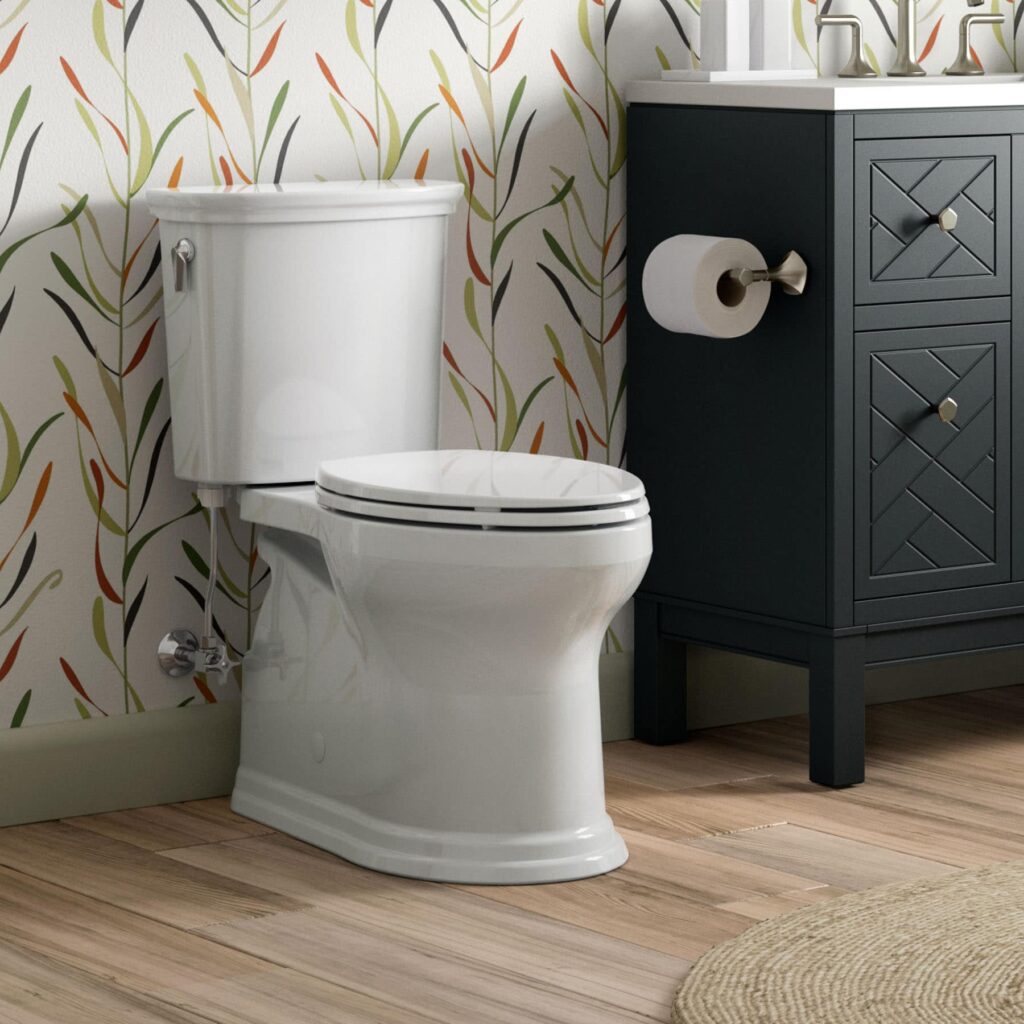
Toilets are one of those home fixtures we often take for granted – until something goes wrong. While a well-maintained toilet can last for decades, there comes a time when replacement is the best option. But how do you know when that time has arrived? Let’s break it down.
How Long Does a Toilet Last?
Most toilets have a lifespan of 10 to 15 years, though some high-quality models can last even longer. The durability depends on factors like usage, water quality, and how well the toilet has been maintained. Even if your toilet isn’t showing obvious signs of failure, an older model may be inefficient and costing you money in water bills.
Warning Signs Your Toilet Needs Replacing
Not sure if it’s time for an upgrade? Here are some red flags that suggest your toilet might be nearing the end of its life:
Frequent Clogs or Overflows
If you find yourself plunging the toilet more often than usual, it might be more than just a one-time blockage. Older toilets, especially those with weaker flush systems, tend to clog more frequently.
Cracks in the Tank or Bowl
Even small cracks can lead to water leaks, causing damage to your flooring and increasing your water bill. If you notice moisture pooling around the base of the toilet, inspect the porcelain for cracks.
Constant Running or Leaks
A toilet that constantly runs or has persistent leaks can waste gallons of water every day. While some issues can be fixed with a replacement part, an ongoing problem may indicate it’s time for a new toilet altogether.
Wobbling or Unstable Base
If your toilet wobbles when you sit on it, the bolts securing it may be loose. However, if tightening the bolts doesn’t fix the issue, the problem could be with the floor or the toilet itself, signaling the need for a replacement.
Outdated Model
If your toilet is decades old, it likely uses more water than modern, water-efficient models. Upgrading to a low-flow or dual-flush toilet can significantly reduce your water consumption and save you money over time.
Frequent Repairs
If you’re frequently calling a plumber or replacing parts like the flapper, fill valve, or handle, the costs add up. At a certain point, replacing the entire unit makes more financial sense than continuously fixing it.
Final Thoughts
Replacing a toilet isn’t something most homeowners think about until there’s a problem. However, staying ahead of issues can save you from bigger headaches down the road. If your toilet is showing one or more of these warning signs, it may be time to start shopping for a new one. A modern, efficient toilet not only improves your bathroom experience but also helps lower water bills and prevents unexpected plumbing issues.
Need help choosing the right replacement? Look for WaterSense-labeled models that use less water without sacrificing performance. Your wallet – and the environment – will thank you!

Leave a Reply